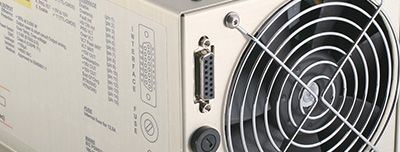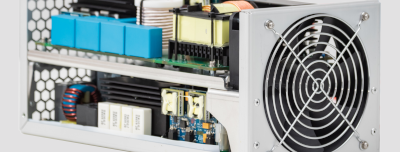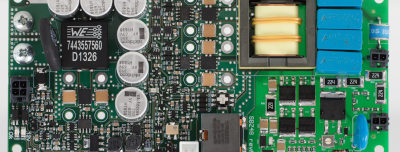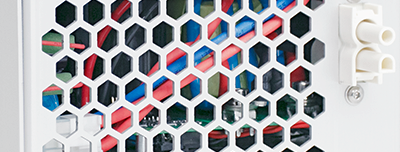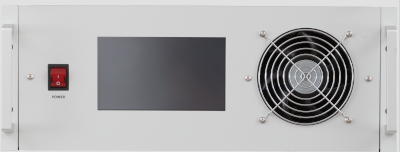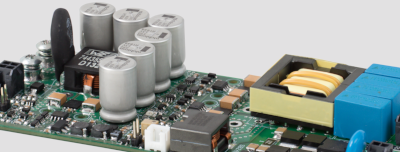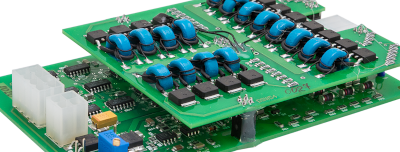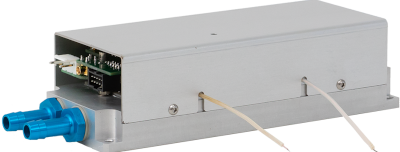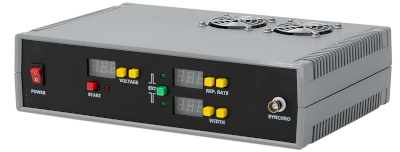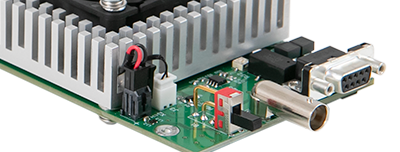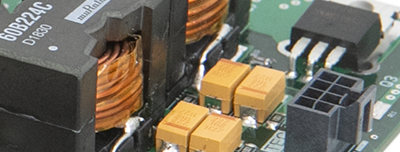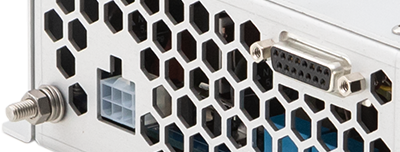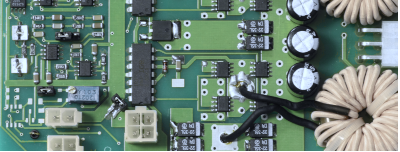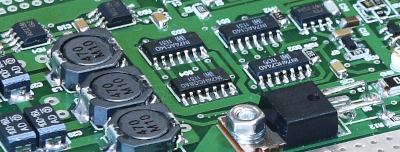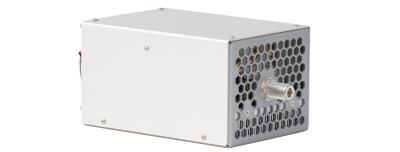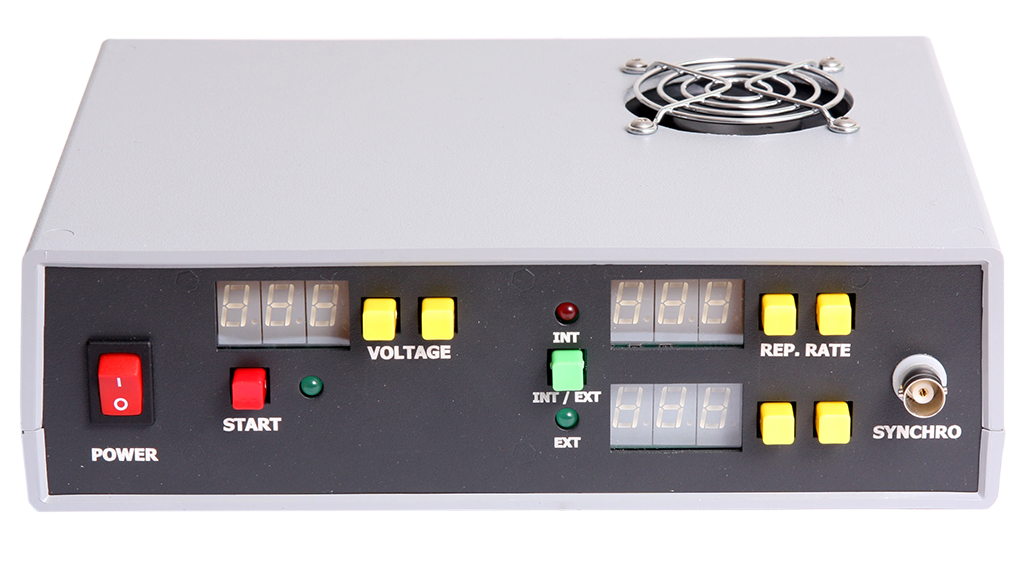QBD-BT-series Pockels cell drivers
Applications
- Q-switching
Features
- Push-up or pull-down modification (fixed)
- Up to 6 kV output voltage
- Up to 100 kHz and higher repetition rate
- < 20 ns rise or fall time (leading edge)
QBD-BT-series consists of several Q-switch Pockels cell drivers that differ with output voltage range (up to 6.0 kV bipolar) and operating scheme (see also How to order? section). Please, note that by bipolar device an output pulse voltage U is formed by applying +U/2 to positive output wire and –U/2 to negative.
QBD-BT-series is specially designed to control Pockels cells by applying a fast switching high voltage. The voltage level and operating frequency can be selected in working range by user through RS-232 or through the front panel. Triggering is carried out automatically or via a signal from an external device.
Devices are encased and easy for the user to mount, they run on common 100-240 V AC 50/60 Hz, so, you don’t need extra power supply for the driver.
There are two possible modifications of output signal type:
- push-up (= normally off scheme), when a base voltage level equals to zero
- pull-down (= normally on scheme), when pulses from base bias voltage to ground are generated.
The desired one should be chosen at the time of ordering and could not be changed by the user.

QBD-BT-series is based on MOSFET technology and offers high repetition rates and fast transition time for a leading pulse edge. The recovery time by QBD-BT Q-switch is relatively long (5-10 μs for the trailing pulse edge vs < 20 ns by QBU-BT).
Performance
In internal synchronization mode the QBD-BT-series (from QBD-BT-1004-UP/DN to QBD-BT-6024-UP/DN) performance is limited to values given in a table below. The total capacitive load of Pockels cell and connective cable is assumed to be 23 pF (this corresponds to 50 cm output cable bent in non-optimal way and higher than normal Pockels cell capacitance).
Even higher performance can be achieved in external synchronization mode and/or in burst mode (i.e. for short term operations).
The performance deteriorates for higher load capacitance.
Please, also take a look at:
- up to 6 kV benchtop Pockels cell driver QBU-BT
- up to 6 kV Q-switch board QBD-series
Input:
Output:
or push-up (= normally off)
Environment:
Other:
2) 10-90% level, guaranteed at load capacitance 23 pF and below
Pull-down (normally on) modifications
Model *
Description
2.4-6.0 kV high voltage adjustment range
2.0-5.0 kV high voltage adjustment range
1.6-4.0 kV high voltage adjustment range
1.2-3.0 kV high voltage adjustment range
0.8-2.0 kV high voltage adjustment range
0.4-1.0 kV high voltage adjustment range
(*) Other output voltages are available on request
Push-up (normally off) modifications
Model *
Description
2.4-6.0 kV high voltage adjustment range
2.0-5.0 kV high voltage adjustment range
1.6-4.0 kV high voltage adjustment range
1.2-3.0 kV high voltage adjustment range
0.8-2.0 kV high voltage adjustment range
0.4-1.0 kV high voltage adjustment range
(*) Other output voltages are available on request
Example
2.0-5.0 kV high voltage adjustment range
Download user manual (346kB)
